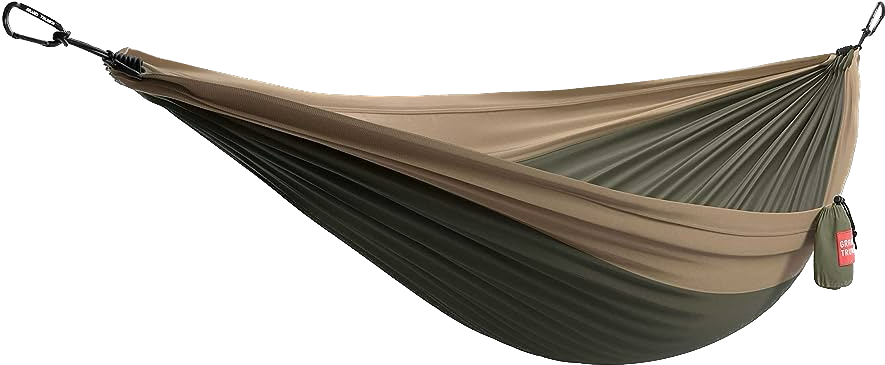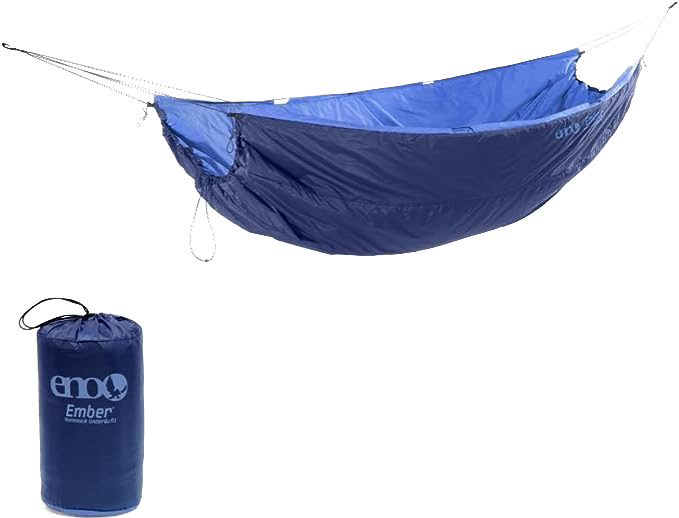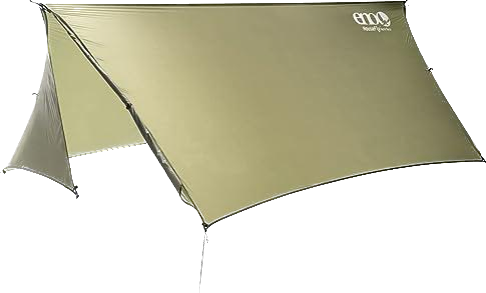Are you considering adding a hammock to your backyard oasis or taking one on your next camping trip? Have you ever thought about the possibility of bed bugs infesting your comfortable new addition? Well in this article we’ll cover how bed bugs can spread and get into hammocks, signs of infestation, prevention methods, and proper cleaning techniques.
Can hammocks have bed bugs?
Hammocks can have bed bugs, just like any other item of furniture or personal belonging. Bed bugs are small, reddish-brown insects that feed on the blood of humans and animals. They are known to hide in cracks and crevices, making them difficult to detect. Hammocks, like any other item of furniture, can provide an ideal environment for bed bugs to hide and breed.
Bed bugs can infest any type of hammock, whether it’s made of cotton, nylon, or any other material, and they do not discriminate between new or used, clean or dirty, indoor or outdoor hammocks. They can spread easily through infested clothing, furniture, and other items, and can also travel from one location to another by hitchhiking on people and their belongings.
7 Common ways Bed Bugs get Into hammocks

There are several common ways bed bugs can be introduced and move into your hammock. Below are some of the most common ways bed bugs get into hammocks so you can take preventative steps:
- Hitchhiking on a person’s clothing or body: If a person has bed bugs on their clothing or body and then sits in a hammock, the bugs can transfer to the hammock.
- Storing or moving hammocks in an infested area: If a hammock is exposed to an area that is already infested with bed bugs, the bugs can make their way into the hammock.
- Leaving a hammock outside in an infested area: If a hammock is left outside in an area that is already infested with bed bugs, the bugs can crawl onto the hammock.
- Being around infested furniture or items: Bed bugs can easily spread from infested furniture or items to a nearby hammock. This can include rugs, towels, blankets or other furniture items.
- Being around an infested building: Bed bugs can spread from an infested building to a nearby hammock through cracks and crevices.
- Carried in by pets: One area people often forget about is their pets. If a pet has bed bugs on its fur, and then lies down on a hammock, the bugs can transfer to the hammock.
Also as mentioned earlier, bed bugs can infest any type of hammock. This includes cotton, nylon, or any other material.
Signs of bed bug infestation in a hammock
Bed bugs are small, reddish-brown insects that feed on the blood of humans and animals. They are known to hide in cracks and crevices, making them difficult to detect. Here are some signs of a bed bug infestation in a hammock:
- Live bed bugs in the hammock: These are the most obvious sign of an infestation. Look for small reddish-brown insects on the surface of the hammock or in the seams and corners.
- Small black fecal spots: Bed bugs excrete small black fecal spots, which can be found on the surface of the hammock or in the seams and corners.
- Small white eggs: Bed bugs lay small white eggs, which can be found on the surface of the hammock or in the seams and corners.
- Blood stains: If bed bugs are present and have been feeding, you may find small blood stains on the surface of the hammock.
- Unpleasant odor: A musty, sweet smell may be present if a large infestation of bed bugs is present.
One note to mention is that not all these signs need to be present for an infestation to be present. Even finding one bed bug is enough to indicate an infestation. If you suspect you have bed bugs in your hammock, it’s best to immediately address the problem as soon as possible.
How to Inspect and Rid Bed Bugs from your Hammock
Inspecting and cleaning a hammock for bed bugs is an important step in preventing and addressing infestations. Here are some tips on how to inspect and clean a hammock:
- Visually inspect the entire surface of the hammock for any signs of bed bugs, such as small reddish-brown insects, small black fecal spots, or small white eggs.
- Check the seams and corners of the hammock for any signs of bed bugs.
- If you suspect that a hammock may be infested with bed bugs, do not use it until it has been cleaned and inspected.
- Clean the hammock by vacuuming it thoroughly, paying special attention to the seams and corners.
- Once the hammock is vacuumed, it should be washed in hot water (at least 120°F) and dried on high heat.
- After cleaning, re-inspect the hammock for any signs of bed bugs.
It’s important to note that these steps should be done regularly, especially if you suspect bed bugs have been in your hammock or if you are storing or transporting it in an area that is known to have bed bugs. And If you still suspect that you have bed bugs in your hammock, it’s best to consult with a professional pest control service.
For additional resources, you can check out the CDC for bedbug prevention and control
Advantages of using a hammock over a bed to avoid bed bugs
Did you know that hammocks can be used to avoid bed bugs? Instead of using a bed or sleeping bag, a hammock can provide a comfortable and healthy sleeping experience, while also making it difficult for bed bugs to thrive. Here are a few advantages of using a hammock to avoid bed bugs:
- Hammocks are made of breathable materials that make it difficult for bed bugs to thrive in.
- Hammocks are suspended off the ground, which makes it difficult for bed bugs to climb up and infest them.
- Hammocks are easy to clean and maintain, which makes it easier to keep them free of bed bugs.
- Hammocks are portable, making it easy to take them with you when traveling, and avoid staying in infested hotels.
In conclusion
It’s important to take the necessary precautions to prevent and address bed bugs if they are found in a hammock. Regularly inspecting and cleaning a hammock, storing it properly, and being aware of the signs of bed bugs can help prevent an infestation. If you suspect that you have bed bugs in your hammock, it’s best to take immediate action and address the problem as soon as possible.



 Hello there, we're Vira Outdoors!
Hello there, we're Vira Outdoors!

